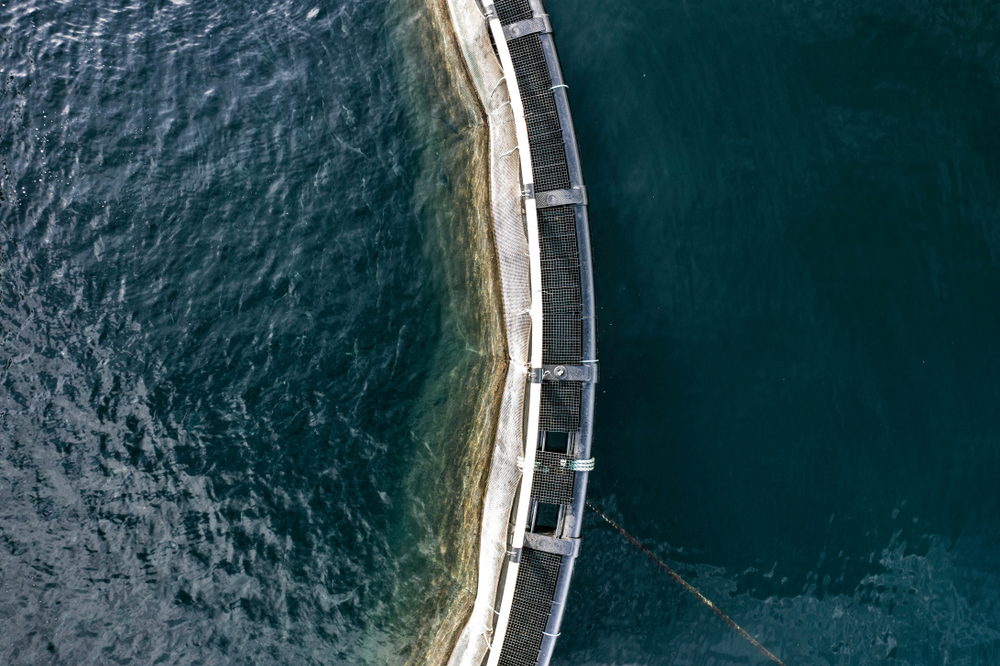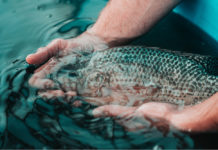Cod is known to be one of the most popular white fish people consume in North America. It’s flaky, tender and used frequently in one of the tastiest dishes: fish and chips. But even though it may seem like a healthy and sustainable choice at first glance, it’s important to remember that not all cod is the same.
There are three species of cod: Atlantic, Pacific and Greenland. Atlantic cod is the fish that supported thousands of people in the fishing industry in Canada and the U.S. throughout the 1900s. Small towns in Maine and Newfoundland and Labrador were built up off the backs of this deep-water fish. The charming, colorful buildings that are a hallmark vision of the Maritimes were built to house the cod fishing industry. Cod was the lifeblood for coastal Atlantic families, from the fishermen who brought them home to their wives and children who helped process, salt and package them for market.
Unfortunately, due to overfishing stocks of popular fish such as the Atlantic cod, the numbers plummeted to below sustainable levels. Atlantic cod was relentlessly fished until the 1990s, when the Canadian federal Department of Fisheries and Oceans stepped in and shut down the cod fishery in 1992. 2022 marks 30 years since the official closure and moratorium placed on the cod fishery.
So how come cod is still on menus and in grocery stores? The Canadian Atlantic cod fishery still operates as a small commercial fishery, called a “stewardship” fishery, with catch limits restricted to just a fraction of the thousands of tons caught pre-1980s. The U.S. cod fishery is also still operating, and Pacific and Greenland cod is still being caught and sold. This is the cod most people will see at a grocery store.
This unfortunate tale of Atlantic cod summons caution for how countries manage their fish stocks. It is also one argument for choosing to eat different fish. Other species of fish offer more sustainable options to cod, like haddock, pollock, halibut or Tilapia. All but Tilapia are deep saltwater fish with white meat. Tilapia is a freshwater fish that originates from Africa and Asia, but is also farmed sustainably in ponds and lakes in Mexico, Honduras and Indonesia.
Nutritional Benefits
Cod and Tilapia are quite comparable in nutrition. Cod ranks only slightly higher on the nutrition scale than Tilapia, providing a few percentages more of vitamins and minerals including B6, thiamin, potassium, magnesium, phosphorus, calcium and zinc. Both provide the same amount of protein, coming in at about 23g per fillet. Tilapia also contains a healthy dose of vitamins and minerals, providing more B12, B15, iron and selenium than cod. Due to their omega-3 fatty acids, both fish are heart healthy options.
The Taste Test
The largest difference between the two fish is in the taste and feel, but it is not hugely noticeable once dressed up in a favorite recipe. As a freshwater fish, Tilapia is not overwhelmingly fishy tasting. It is mild and slightly sweet, perfect for any recipe where other flavors can take center stage. Atlantic cod is also mild, but it has a more distinctive milky flavor. People who want an equally mild tasting alternative to cod can substitute with Tilapia and be equally satisfied. They can both be cooked using the same methods like baking, grilling, broiling and pan frying. One other benefit of using Tilapia over cod is the price difference: Tilapia usually rings in a few dollars under the cost of cod.
Sustainable Fishing
It’s not all doom and gloom for Atlantic cod. The efforts occurring to help the Atlantic cod stocks rebound are working in some places. There are multiple stocks in the Northern Atlantic, with some off of Iceland and Norway faring better than those in the Maritimes. This is primarily due to lower fishing efforts that have allowed the cod population to rebound to a sustainable yield, meaning the fish are reproducing more than what fishermen are removing from the ocean. This is why it is critical for countries to properly manage fish stocks to ensure the species has enough mature adults to continue spawning and maturing to replenish the fish that are removed for market.
Learn more about the nutritional benefits of eating fish, or read about the common myths surrounding Tilapia.
Photo Credits: Mironov Vladimir / Shutterstock Inc., Magdanatka / Shutterstock Inc., CloudVisual / Shutterstock Inc.








